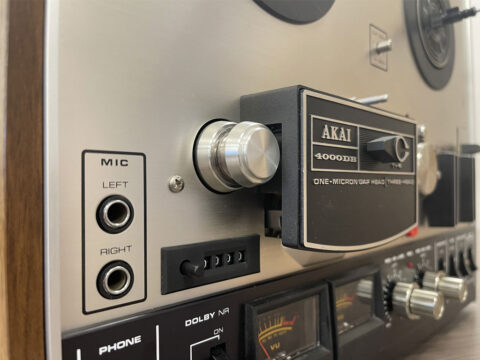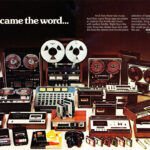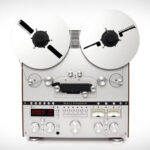Reel-to-reel tape recorders were once the primary means of recording and playing back audio in homes, studios, and radio stations. These machines were introduced in the 1940s and quickly became popular for their high-quality sound and durability. While they were eventually replaced by other recording technologies, reel-to-reel tape recorders have recently experienced a resurgence in popularity among music enthusiasts and audiophiles.
In the early days of reel-to-reel tape recorders, they were primarily used by professionals in the music industry to record and produce albums. However, as the technology improved and prices decreased, they became more accessible to the general public. People began using these machines to record their own music, speeches, and personal conversations.
Why where reel-to-reel recorders so popular?
One of the key advantages of reel-to-reel tape recorders was their ability to produce high-fidelity sound. Unlike other recording technologies of the time, such as vinyl records and cassette tapes, reel-to-reel tapes could capture a wider range of frequencies and dynamics. This made them ideal for recording live music performances and other high-quality audio.
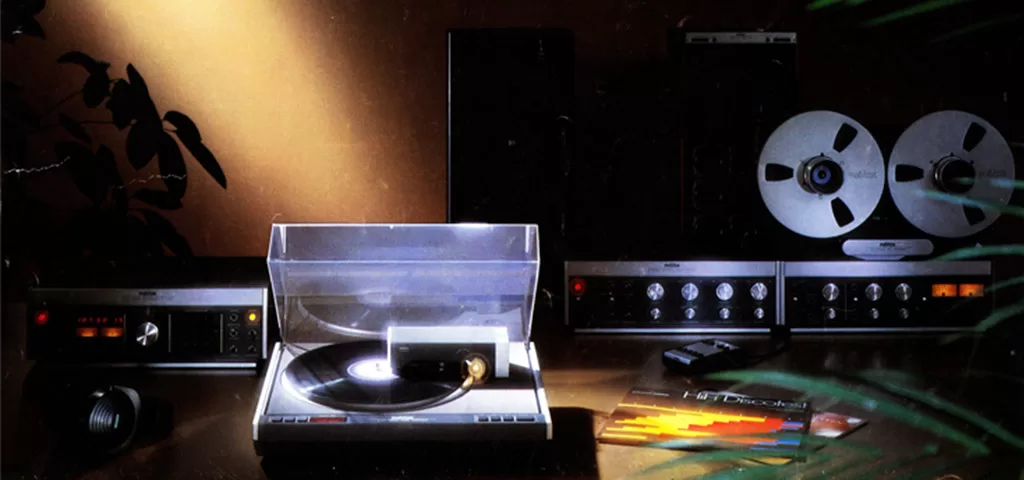
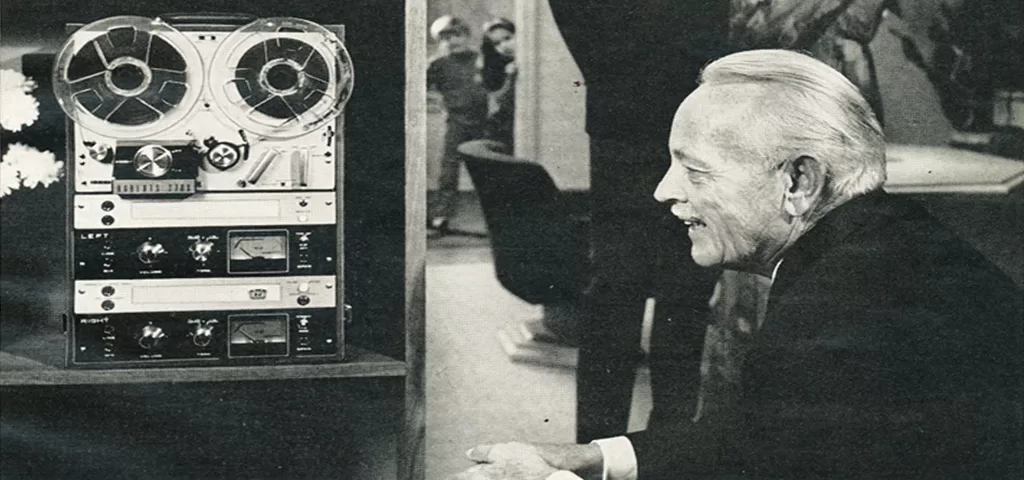
In addition to their superior sound quality, reel-to-reel tape recorders were also prized for their durability. Unlike vinyl records, which could be easily scratched or damaged, reel-to-reel tapes were built to withstand the rigors of frequent use. They were also easily repairable, with many owners learning to perform basic maintenance themselves.
While reel-to-reel tape recorders eventually fell out of favor with the advent of digital recording technologies, many people still hold a fondness for these machines. For some, it is the nostalgia of using a technology from a bygone era. For others, it is the warm, analog sound that reel-to-reel tapes produce. Many audiophiles believe that the unique properties of magnetic tape create a sound that is richer and more organic than digital recordings.
Why should I buy one now?
In recent years, there has been a resurgence of interest in reel-to-reel tape recorders among music enthusiasts and audiophiles. Some people have even begun collecting and restoring vintage machines from the 1950s, 60s, and 70s. These collectors appreciate the beauty and craftsmanship of these machines, as well as their unique aesthetic qualities.
While reel-to-reel tape recorders may no longer be the primary means of recording and playing back audio, they continue to hold a special place in the hearts of many people. Whether for their superior sound quality or their nostalgic appeal, reel-to-reel tape recorders are likely to remain a beloved technology for years to come.






